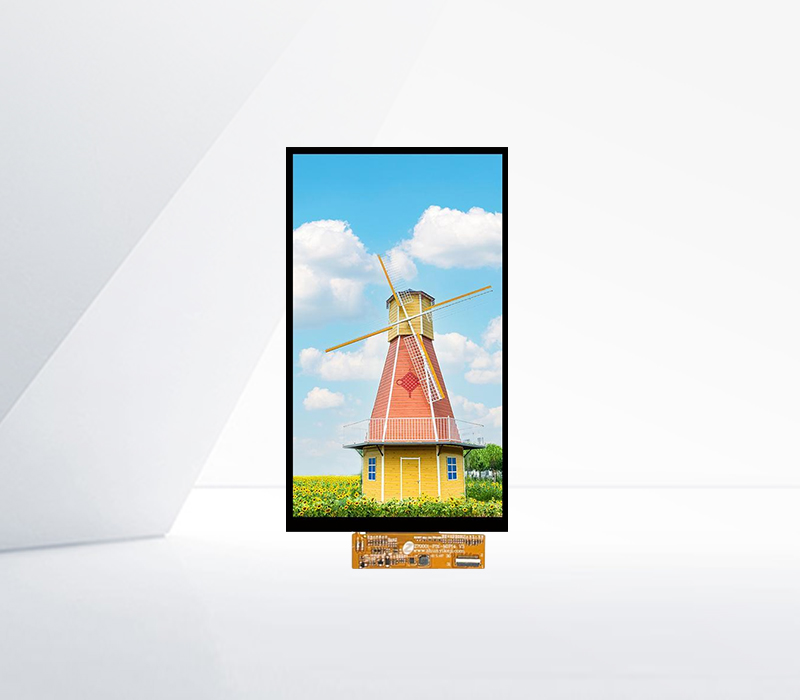




IPS (In Plane Switching) LCD display screen is a liquid crystal display technology with excellent display characteristics.
In principle, the liquid crystal molecules of IPS displays rotate in the same plane, and this unique arrangement allows the screen to maintain good color and contrast at different angles. Its viewing angle is very wide, and the image quality can be well maintained whether viewed from the front or side, with almost no obvious color distortion and contrast decrease.
In terms of color expression, IPS displays have excellent color reproduction ability, which can present very rich and realistic colors. Its color gamut range is usually wider than TN display screens, which can more accurately restore the original colors of images. It is an ideal choice for fields with high color requirements such as image design and film production.
However, IPS displays also have some shortcomings. Its response time is relatively longer than TN display screens, usually around 4ms-10ms, and there may be slight ghosting in fast-moving image scenes. Moreover, the manufacturing cost of IPS displays is relatively high, which results in their product prices typically being higher than TN displays.
In terms of application fields, IPS displays are widely used in high-end computer monitors, smartphones, tablets, and other devices that require high image quality and wide viewing angles.
